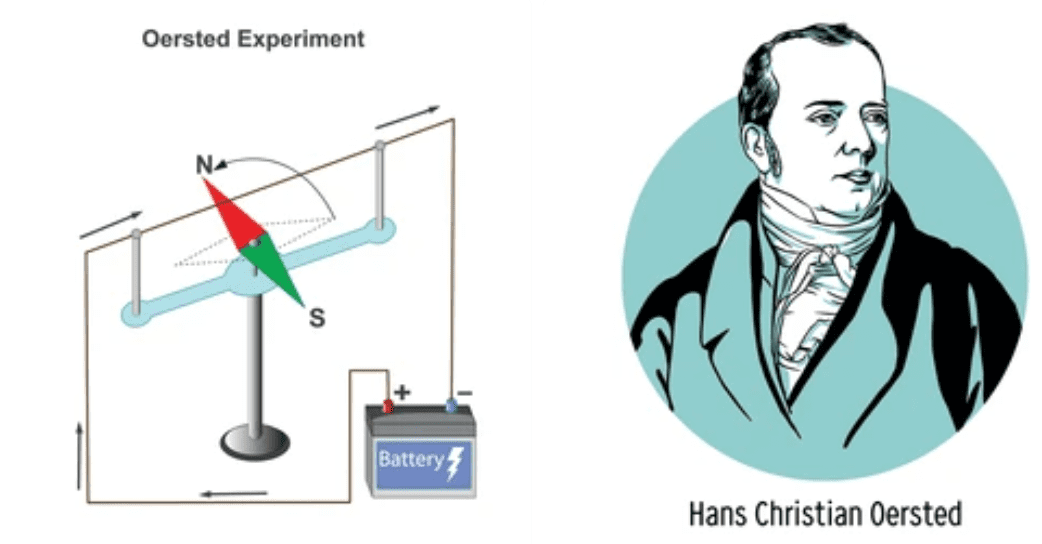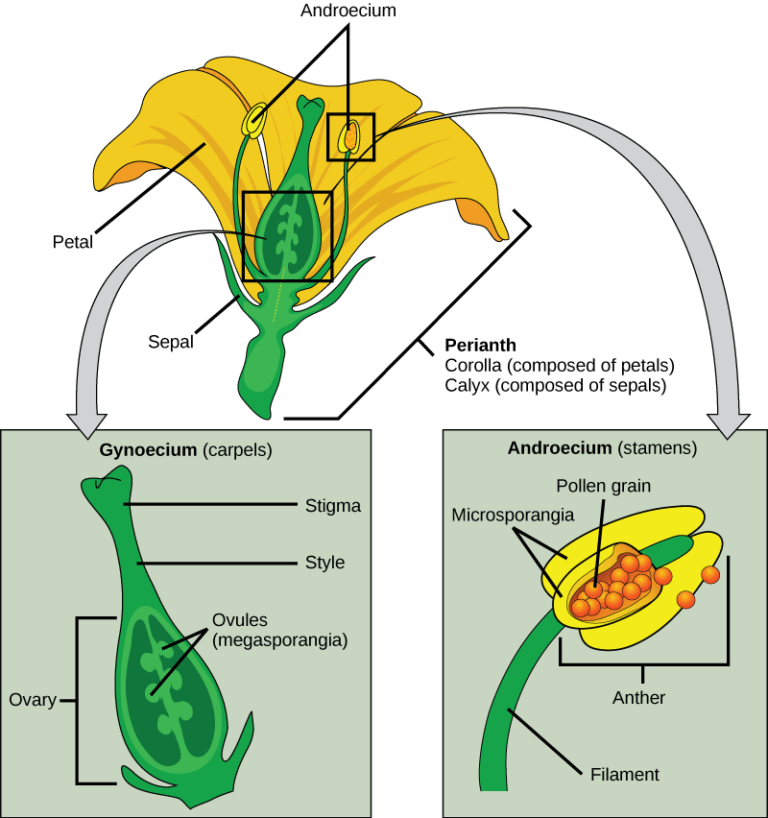Oersted’s Experiment
What is Oersted’s Experiment?
Oersted’s Experiment, conducted by Hans Christian Oersted in 1820, was a groundbreaking discovery that demonstrated the relationship between electricity and magnetism. It showed that an electric current produces a magnetic field around it.
Oersted’s Experiment Setup
Oersted set up a simple experiment to observe the effect of an electric current on a magnetic compass needle:
- A wire was placed parallel to a magnetic compass needle.
- When an electric current was passed through the wire, the compass needle deflected from its original position.
- The direction of deflection depended on the direction of the current.
Oersted’s Experiment Setup

Oersted’s Observations
Oersted made the following key observations during his experiment:
- When the current was switched on, the compass needle deflected.
- When the current was switched off, the compass needle returned to its original position.
- The direction of deflection reversed when the direction of the current was reversed.
- The deflection was maximum when the wire was placed directly above or below the compass needle.
Conclusion
Oersted concluded that:
- An electric current produces a magnetic field around it.
- The magnetic field is circular around the current-carrying conductor.
- The direction of the magnetic field depends on the direction of the current (given by the Right-Hand Thumb Rule).
Right-Hand Thumb Rule

Significance of Oersted’s Experiment
Oersted’s experiment was significant because:
- It established a direct relationship between electricity and magnetism, leading to the development of electromagnetism.
- It laid the foundation for further discoveries, such as Faraday’s law of electromagnetic induction and Maxwell’s equations.
- It demonstrated that electric currents could produce magnetic effects, which is the basis for many modern technologies like electric motors, generators, and transformers.
Key Points to Remember
- Oersted’s experiment demonstrated that an electric current produces a magnetic field.
- The direction of the magnetic field is given by the Right-Hand Thumb Rule.
- The experiment established the relationship between electricity and magnetism, leading to the field of electromagnetism.
- Oersted’s discovery is the foundation for many modern technologies like electric motors and generators.



